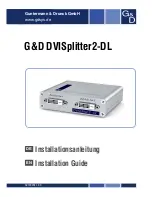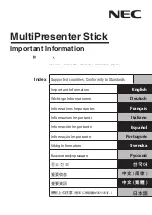
42
Choosing a Shooting Mode
Taking Photographs—Choosing a Shooting Mode
The Memory Buffer
The camera is equipped with a memory buffer for temporary storage of photos during
shooting, allowing you to take several photographs in succession without waiting for
the images to be transferred to the memory card. The buffer can hold up to six frames
(four in RAW mode), or three frames (two RAW images) when noise reduction (
149)
is on. When the buffer is full, the shutter will be disabled until enough data have been
transferred to the memory card to make room for another photograph. In continuous
mode, you can continue to take photographs as long as the shutter-release button is
held down, although the rate at which photographs are taken will drop once the buffer
has filled.
While photographs are recorded to the memory card, the access lamp next to the
memory card slot will light. Depending on the number of the images in the buffer,
recording may take from a few seconds to a few minutes.
Do not turn the camera off,
remove the memory card, or remove or disconnect the power source until the access
lamp has gone out
. If the camera is turned off while data remain in the buffer, only the
image currently being transferred to the memory card will be saved.
All other images in
the buffer will be lost
. If the battery is exhausted while images remain in the buffer, the
shutter release will be disabled and all images will be transferred to the memory card.
Large-Capacity Memory Cards
When enough memory remains on the memory card to
record a thousand or more pictures at current settings,
the number of exposures remaining will be shown in
thousands, rounded down to the nearest hundred (e.g.,
if there is room for approximately 1,260 exposures, the
exposure count display will show 1.2 K).
Number of Exposures Remaining
The number of exposures remaining shown in the exposure count displays in the con-
trol panel and viewfinder is only an approximation. The number of compressed NEF or
JPEG images that can be stored on a memory card depends on the subject and compo-
sition of each photograph. In general, the more detailed the image, the larger the
resulting file and the fewer the images that can be stored.
















































